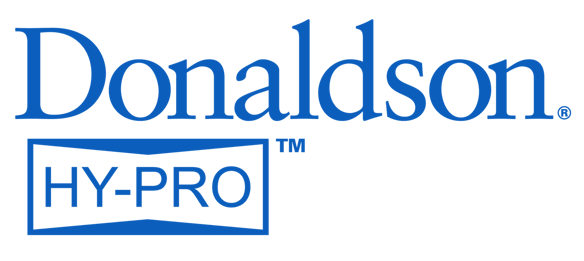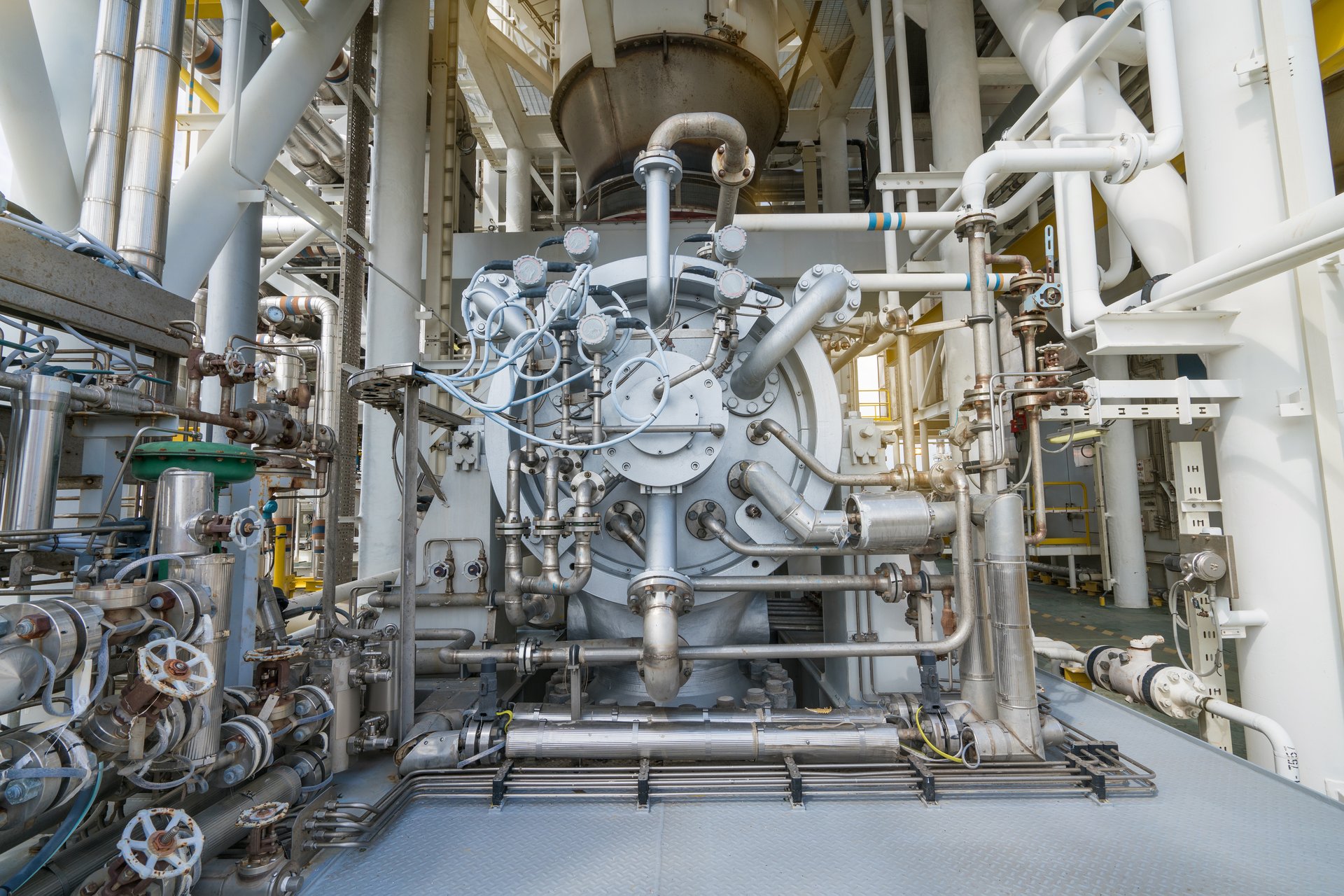Bulk Fluid Handling
Dedicated filtration and breathers on bulk storage tanks for lube and hydraulic oils and stand-by diesel fuels is the first line of defense in preventing one of the worst sources of particulate and water contamination, new fluids. Bulk storage tanks collect contaminants from delivery vehicles and through ineffective breather arrangements. Eliminate this dangerous source of contamination and before transferring new fluids into critical power plant operating systems. Filter Carts are also a valuable tool for keeping fluids clean when transferred from storage to critical live systems.
Learn more: FSL, FCL, Breathers, VUD, COT, COD













